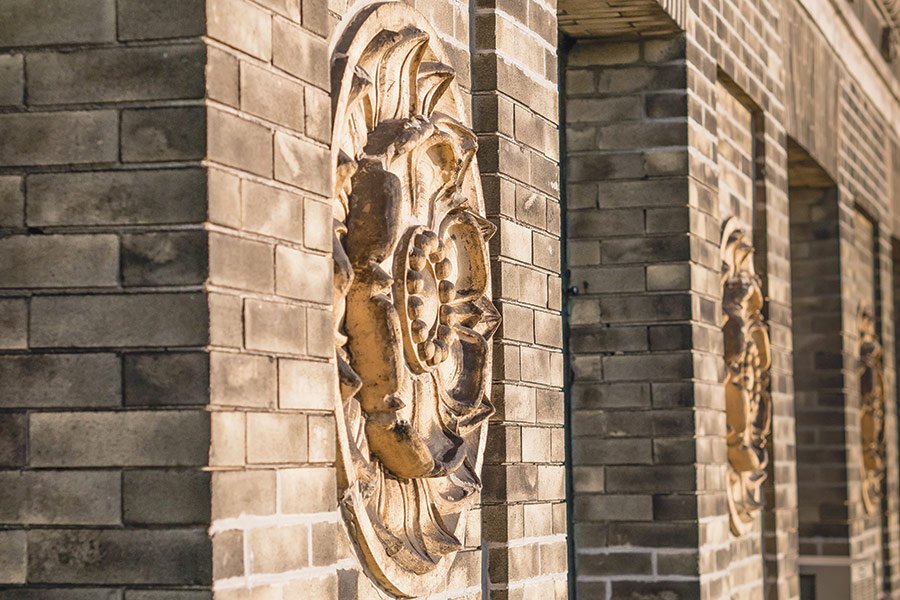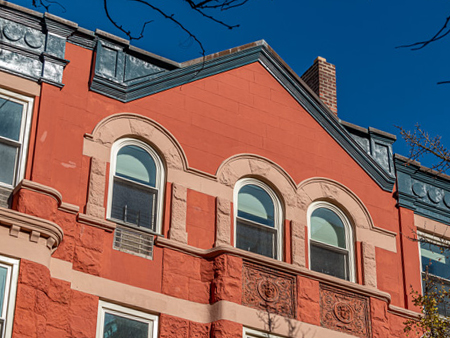Henry Melcher reports for The Achitect’s Newspaper. Art Versus Real Estate on Vestry: Tenants push for landmark status for threatened New York City loft building.
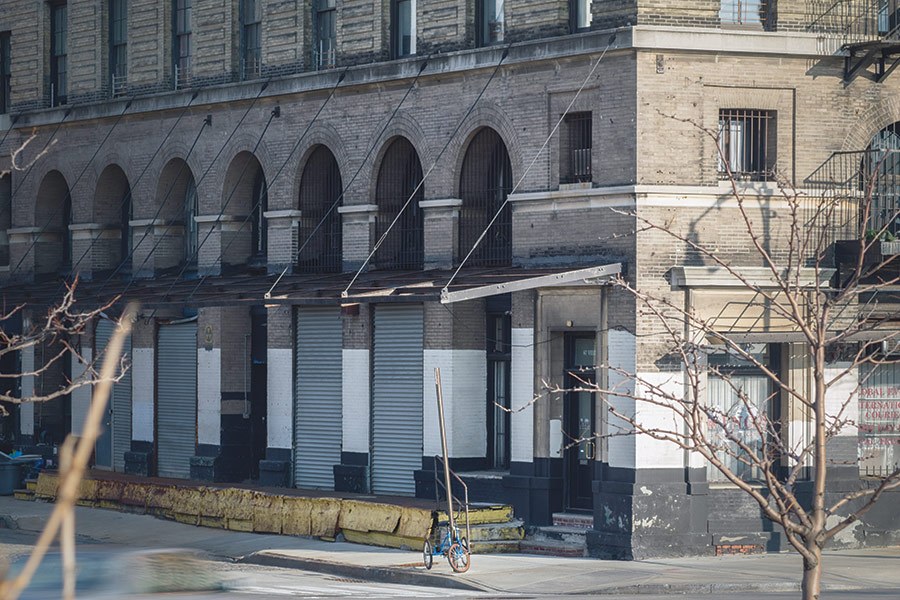
The old cobblestone streets of Tribeca meet the gray asphalt of the West Side Highway at the corner of Vestry and West. The uneven din of trucks making deliveries mixes with the constant whir of traffic peeling alongside the Hudson River. It is an unofficial border between the stately brick buildings of Tribeca and the glass towers being sewn into Manhattan’s West Side. At this corner is 67 Vestry—a nine-story palazzo—that is fighting to keep its place in time.
In February, RFR, the building’s current owner, filed plans for an 11-story residential project on the site. Before new condos can rise, though, a significant Tribeca building must fall. To stop that from happening, the tenants of 67 Vestry—many of whom are working artists—are trying to get their building landmarked.
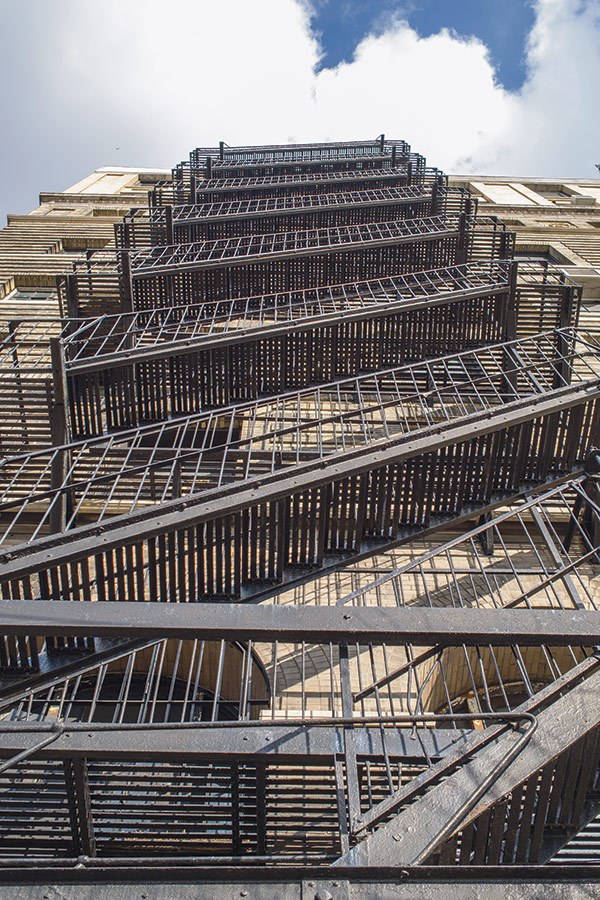
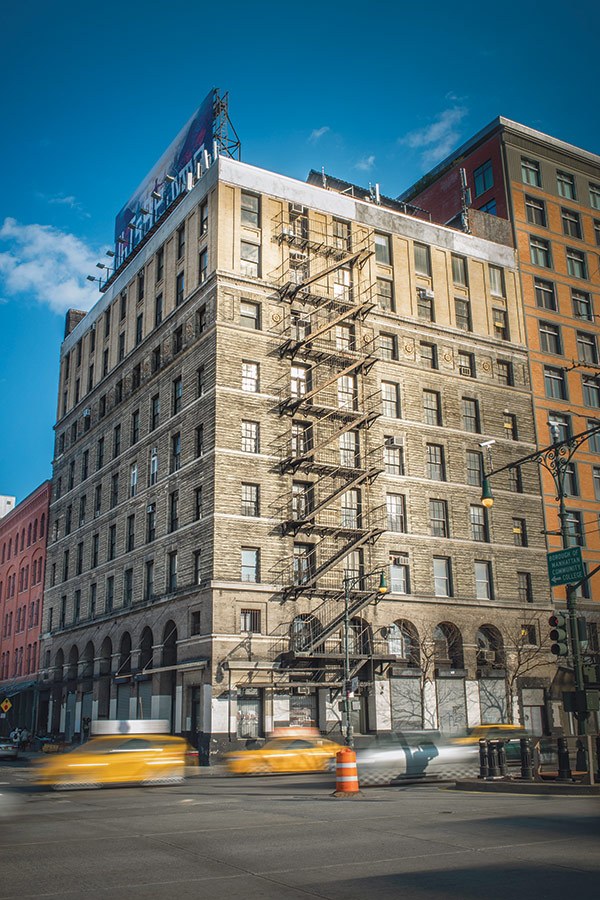
Sixty-Seven Vestry dates back to 1897 and was designed by Frederick Dinkelberg, the architect who later worked with Daniel Burnham on the Flatiron Building. The building’s first life as a coffee and tea warehouse for The Great Atlantic and Pacific Tea Company is still apparent today. Above the building’s rusted loading docks are Romanesque openings and alongside its soot-brushed brick are floral roundels. In 1910, Frank Helmle—an architect whose firm designed the Metropolitan Life North Building—added a two-story addition to the building. And by the 1970s, 67 Vestry had been transformed into a hub for artists like John Chamberlain, Marisol, and Andy Warhol.
At first glance, what is happening at 67 Vestry is not entirely surprising. When a developer sees a lucrative opportunity, they will routinely bulldoze history to make way for granite countertops and floor-to-ceiling windows. But this building, which fostered some of the city’s greatest artistic talents, is threatened by a developer who is also a prolific art collector: RFR’s co-founder and principal, Aby Rosen.
In press accounts, Rosen is described as a “real estate mogul and prolific art collector,” “developer and bon vivant,” “the merry prankster of the city’s real estate and art scenes.” He’s a “Page Six staple” and a good friend of Jeff Koons. Rosen collects architectural icons like they’re pieces of art; RFR owns both the Lever House and Seagram Building. He has recently faced backlash over his plans to remove a Picasso tapestry from the Seagram’s Four Seasons restaurant.
For years, Rosen has seamlessly straddled the worlds of art and real estate, but now they are colliding at the corner of Vestry and West. He owns over 100 Warhol’s and once hosted a dinner in honor of John Chamberlain.
When Robert Wilson, the playwright and director, moved into the building in the early 1970s, his studio was as raw as the neighborhood. “The concrete floor was painted battleship grey and the walls were cold, bluish white. There were blue exposed light bulbs hanging throughout the space,” Wilson wrote in an email to AN. “Standing in the middle of the living space, one looked out at the Hudson as if one were on a ship.” It was from on board this ship, docked eight floors above the Hudson, where Wilson and Phillip Glass developed their famous opera, “Einstein on the Beach.”
Tribeca has, of course, changed dramatically since then, and the tenants of 67 Vestry say they helped make that happen. “We came in and toughed it out, and that eventually created this neighborhood,” said Roland Gebhardt, a sculptor and designer who has been in the building since 1974.
Aby Rosen bought 67 Vestry in 2005 with supposed intentions to replace it with condos. Tenants—and reports from the time—say he started emptying out the building by not allowing market-rate tenants to resign their leases. This reportedly happened to Robert Wilson. When asked about his departure from the building, he would only say, “When Aby Rosen bought the building I eventually moved out.”
AN could not independently verify Rosen’s actions and RFR did not respond to repeated requests for comment for this story. But, today, only 14 of the building’s 25 units are occupied—and all of the tenants have rent-stabilized leases.
Cathy Drew, who runs the non-profit River Project, is one of those tenants. She is not surprised by Rosen’s actions. “He may be a patron of the arts in some ways, but this is business,” she said.
Since Rosen purchased the building, tenants have been quite critical of its upkeep—especially after Sandy. When the storm hit New York, it hit 67 Vestry especially hard. Tenants accused Rosen of purposefully “dragging his feet” on necessary repairs. It took weeks for the water, electric, and heating systems to come back online, and the building’s freight elevator is still out of service.
When tenants are asked about where they will go, or what they will do if Rosen’s plans move forward, they say they are entirely focused on getting the building landmarked. The Landmarks Preservation Committee told AN that their application is currently under review.
If landmark status is not approved, it is not clear what will rise in 67 Vestry’s place. There are no renderings for the project, but SLCE is listed as the architect of record. Since Rosen tends to work with big-name architects, another firm could oversee the final design.
To Gebhardt, it is not about what comes next; it is about what is currently there. “If [Rosen] really was interested in doing something iconic, the iconic thing to do would be to preserve the icons that created the neighborhood.”

